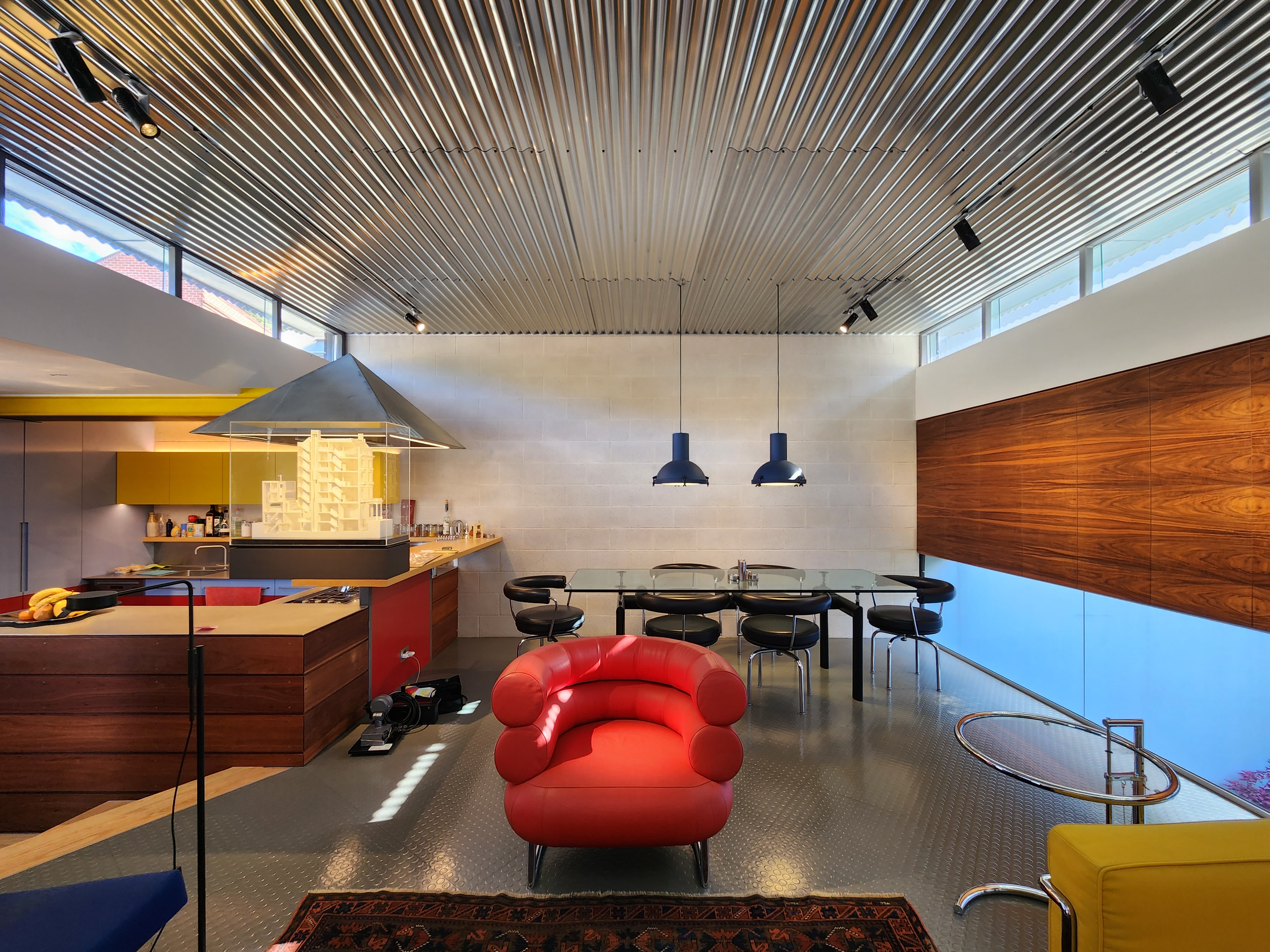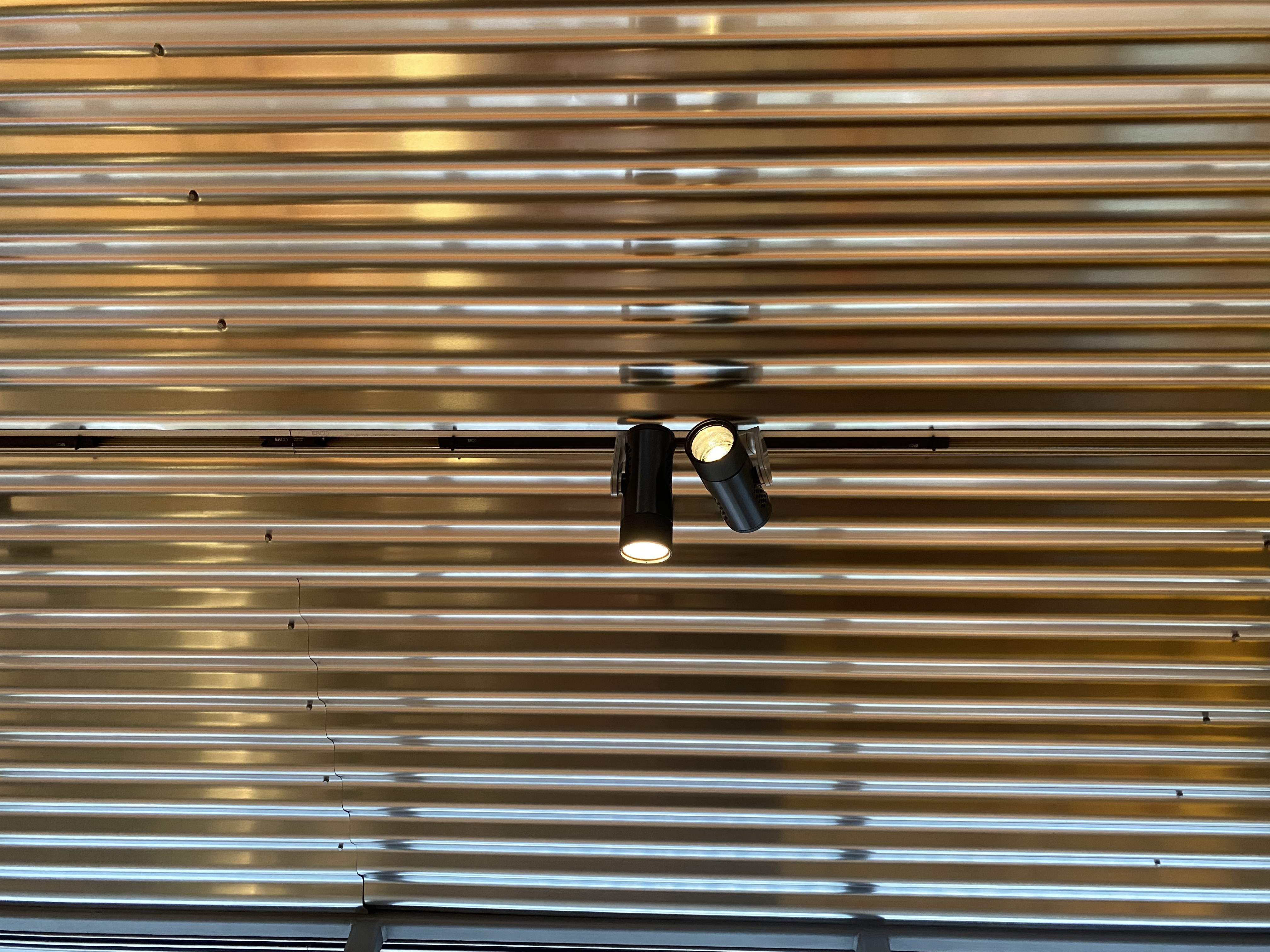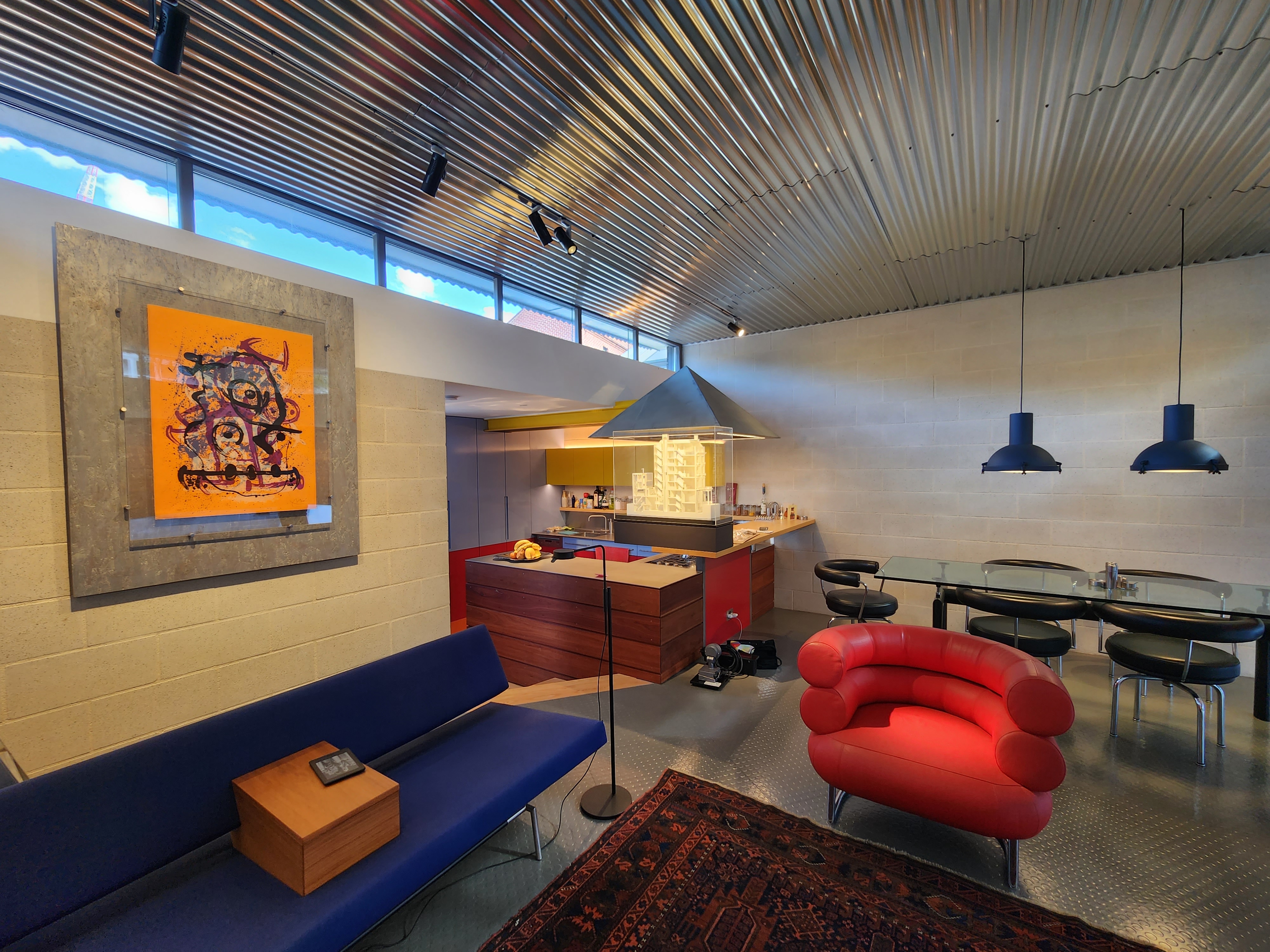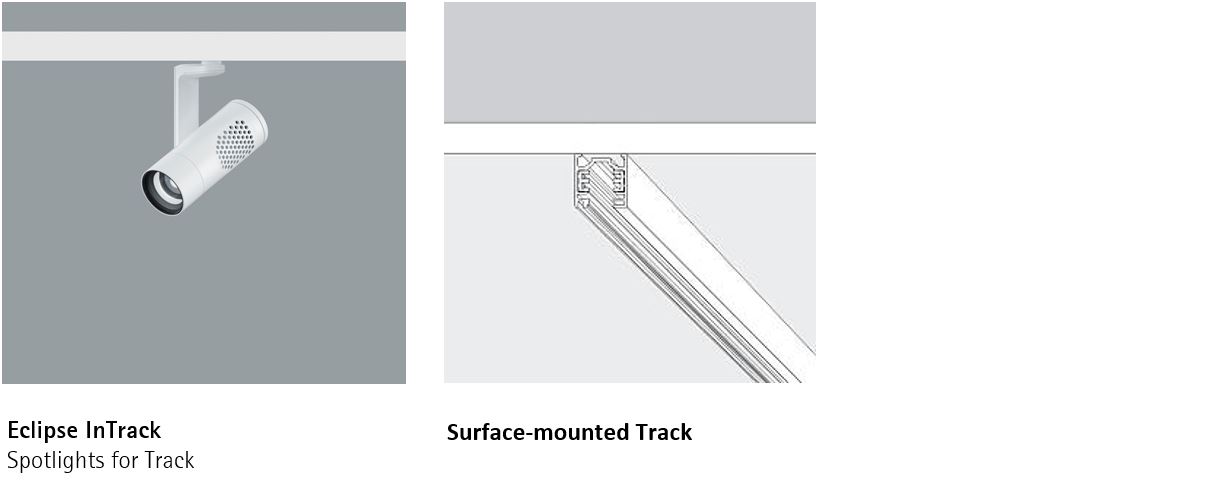ERCO Case Study: The ups-and-downs of installing a corrugated ceiling
October 2022 Project Case Study
Sydney architect David Langston-Jones has been dubbed ‘the architect’s architect’, in acknowledgement of his purist dedication to the craft of architecture. His award-winning projects are largely small-scale, often making use of unusual materials.
Industrial Strength

There is little doubt that the visual effect of a corrugated metal ceiling is a winner: its play of light and reflection, the semi-industrial vibe. It’s also cost-effective, easy to maintain, and available in a surprisingly broad range of colour and pattern combinations.
However .. having used the material in several projects, Langston-Jones is well-aware of its short-comings, one of which is how to install ceiling light fittings.
Keeping room lighting on track
Working with ERCO on this duplex development in Sydney’s inner west, Langston-Jones tackled the lighting issue early.
The corrugated ceiling conceals a flat plane of 19mm plywood, fixed to ceiling joints. Installers ran a cutting device along the plywood to create a measured slot that spanned both the wood and the intermittent joints. Track was then recessed neatly into these slots and screwed into the joists. The corrugated metal was cut precisely to allow the track the fall into the valleys of the corrugation, ensuring – as you can see in the below image – it effectively disappears completely.

Given the low power consumption of ERCO’s sustainable luminaire range, it was possible to simply run the power from the existing downlight grid into the new track system, so little new wiring was required. Luminaires are angled to provide light to the room, to accent features, but also to enhance the warm texture of the ceiling material itself.
One last thing? Langston-Jones is all for detail. He chose to individualise the Eclipse luminaires he installed: matt silver arms with a black body. A little extra effort for a perfect result.

Architect David Langston-Jones
David Langston-Jones has been part of the Sydney architecture scene for over 25 years. His academic roots lay in Art, an aesthetic you can see reflected in his small-scale, socially-aware projects, which make use of unexpected materials and sit sensitively in their environments. He is a multiple award-winner in the residential design sector, and a respected contributor to the academic programs at the Universities of Sydney and New South Wales.

Return